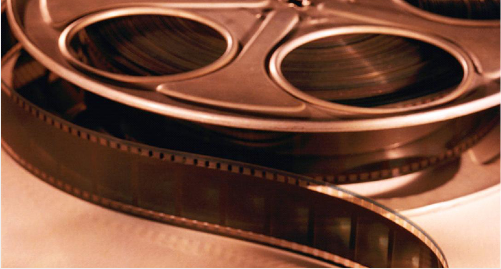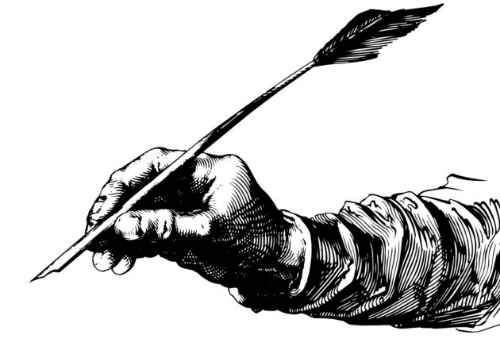Furlined’s founder, Diane McArter, delves into the Film Craft category.
In the run-up to Cannes Lions International Festival of Creativity 2016, we’ve asked a variety of venerable agency heads to dissect and discuss the awards categories, giving a considered overview of how the categories and competition has changed, as well as plucking their top picks for prizes from the creative crowd.
What’s your definition of what this category means in 2016?
Mark Jones, former director of London’s Victoria & Albert Museum, said: “Craft is remembering that art is seen, felt and heard as well as understood, knowing that not all ideas start with words, thinking with hands as well as head.” Excellence in film craft is the art of making complexity invisible to the viewer, so it feels effortless and in the flow of life. Filmmakers who achieve the highest honours in this category bring a level of craft that raises the work to an art form.

What makes a great Film Craft entry?
It comes down to the director’s innate creativity and craft. It is the alchemy of highly skilled professionals whose touch can sometimes be so light that it is barely noticed. Some work is served best by everything fitting together so perfectly that you are drawn in absolutely and forget the hundreds of hours and labour that have been invested. Work in the Film Craft category evokes a meaningful response, uplifting and expanding how we see ourselves, others and the world. They call forth human excellence.
What’s your favourite campaign in terms of craft from the past 12 months and why?
Examples from the past 12 months that come to mind include John Lewis Tiny Dancer, Apple Music History Of Sound, AT&T Close To Home, Under Armour Rule Yourself and Brooks The Rundead.
How creatively successful do you feel the year has been for film craft and why?
Rising above the din gets harder every year, and this year is no exception. One interesting development in 2015-16 is that some of the recognised work is coming from directors who haven’t had previous nominations.
Having new names appearing on the awards lists is inspiring, because a production company’s foundation is its talent. Years of thoughtful and deliberate talent development come to fruition when a director’s work is nominated, or wins, a Film Craft Lion. Spot-making at this level is something that develops over time, as filmmakers attain higher levels of technical and creative expertise on each successive shoot, and gain incredible relationships with creative partners.
You were on the Film Craft jury in 2015. What do jury members look for and take into consideration?
The criteria set by the Lions is pretty specific: “The Film Craft Lions celebrate onscreen artistry. Entries will need to demonstrate exceptional filmmaking; that is work in which technical skill and production prowess elevates an idea or dramatically enhances its execution.”
Amanda Game, former director at The Scottish Gallery in Edinburgh, says “Craft is the knowledge of a language and its expressive possibilities. Shakespeare’s sonnets; Thonet’s bentwood chairs; Shostakovich quartets: all can be described in terms of craft. Human imagination can use craft to invent freely in the world of ideas, materials and forms. Thus are the worlds of design, art, engineering, science and architecture all born of craft.”

How do you think the Film Craft category has changed over the past few years and what are the reasons for this?
Technology has changed the game. The array of filmmaking tools available to directors has shifted the criteria. The complexity of technique and approach; the complexity of navigating such a deep bank of creative inspiration; finding the most brilliant collaborators such as composers and visual effects artists – all of these challenges factor into the production of film that feels truly inspired. The emotional markers that make a spot great haven’t changed, but techniques to enhance a film’s execution have changed.
How must filmmakers adjust their skillsets to collaborate with a wider pool of talent from other disciplines in order to remain relevant? Is craft as important as it was?
There are 12 categories in which a commercial can be recognised, including direction, script, casting, production design, cinematography, visual effects and achievement in production. These speak to the fact that a director’s entire team of collaborators come into play in order to produce a Film Craft winner. Craft is as important as ever in creating a meaningful connection with audiences.
What sort of work are you expecting to be entered at the Palais this year in the Film Craft category?
Work that exhibits exceptional mastery of both the technical (visual sophistication) and emotional (beauty, humour, skill with talent) components of directing a piece of work.
What can you see for the future of film craft in the industry – are you optimistic?
Creativity and craft are truly the gold currency of our industry. No absolutes, no big data or analytics can replace a great idea in the hands of an artist.